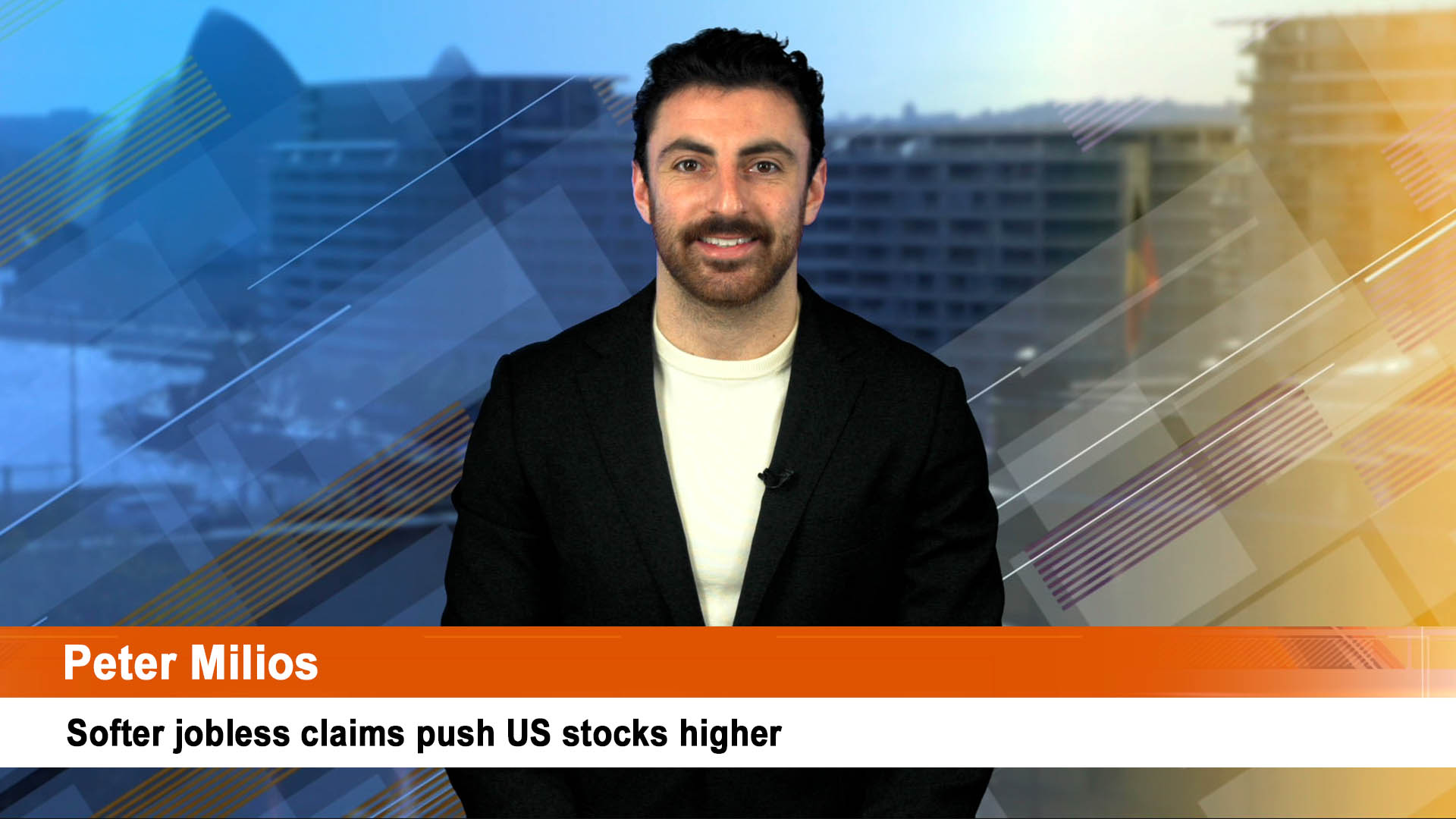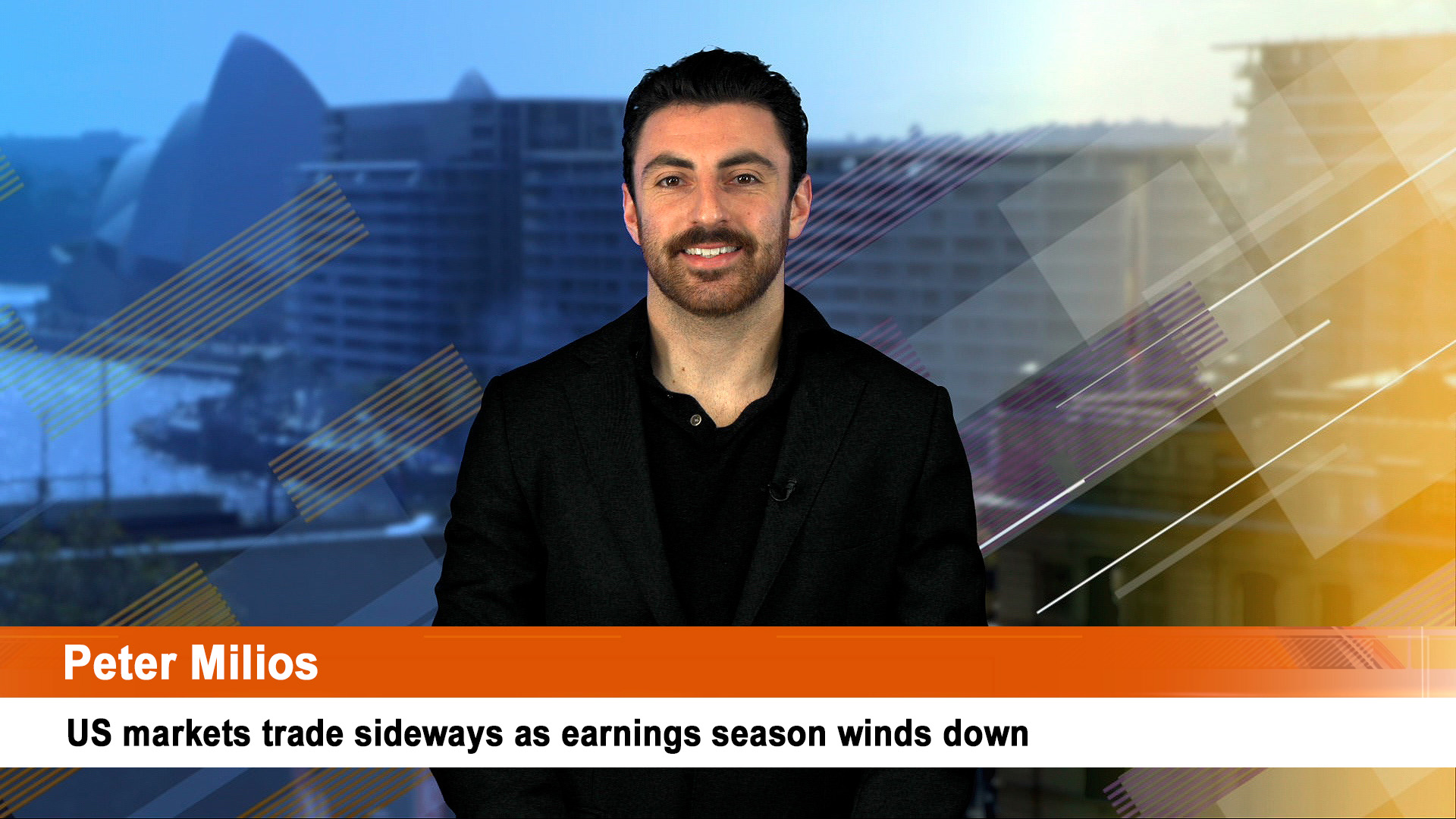This week’s selloff was another example of letting the numbers tell the story about the way big investors are retreating to the gloom of June and July as they flee shares for cash and anything in US dollars.
The latest Bank of America survey of big global investors only further confirms this.
The survey was taken up to September 8, before the release of the shock inflation data for August this week. Had it included the August prices report, the flight to cash would have been more pronounced as would have the level of gloom.
The B of A survey contained not one ray of sunshine for desperate investors, analysts and others to hang on to in the current climate.
It revealed that a historically high 52% of respondents said they are underweight equities, while 62% are overweight cash at 6.1% of assets, up from 5.8% in July but equal to June’s 6.1%. That’s a 21 year high (the survey started 21 years ago).
Of the 240 surveyed fund managers, who oversee a total of $US695 billion in assets, more were also gloomier on global growth with expectations of global growth at a net -72% in September, worse than the -67% in August.
While investors’ bearishness increased in September, pessimism has not reached the historic low of a net -79% recorded in the July survey. It might, however, when that shock August reading comes into play.
And the bottom line from the August inflation report was how pervasive cost pressures are now every nook and cranny of the economy.
The August Consumer Price Index reading completely blew up the gathering confidence among market players that inflation had peaked and the Fed would be soon slowing the pace of rate rises and their size.
That was a pipe dream from the same people who in late 2021 and early this year had accused the Fed of being ‘behind the curve’ when it came to lifting rates to control inflation.
The inflation report confirmed fears that cost pressures had now become entrenched across much of the US economy
Even as American motorists have watched petrol prices fall sharply in recent weeks — down 10.6% from their peak — costs for food and apartment rentals continue to rise.
Food prices were up 0.8% in the past month, while costs for housing, medical care, new cars and household furnishings all increased in August compared to July.
In the year to August energy costs were up a huge 23.8% despite the fall in petrol prices. New car costs were up 10%, food costs jumped 11.4% over the past year (13% for food in the home, 8% for food outside), the biggest 12-month increase since May 1979. Electricity costs were up almost 16% in the year, transportation services up 11%.
Clothing costs were ‘only’ up 5.1% and medical commodities, 4.1% Bargains in comparison.
“The Fed was already going on a tightening path in the next several months and now they have got to actually increase that given this report,” said Matthew Miskin, co-chief investment strategist at John Hancock Investment Management. “It’s pretty negative across the board for markets.”
Fed funds futures are now pricing in a roughly 36% chance that the Fed next week raises its benchmark rate by a full percentage point (1%).
US retail sales for August were also stronger than expected with household spending holding up, while initial jobless claims are now back to their lowest since May.
The BofA survey found that fund managers are “super bearish” with average allocations to cash at the highest since 2001 and allocation to global shares at an all-time low.
Interestingly, being risk averse is now in fashion among fund managers with a net 60% of respondents said they are currently taking lower-than-normal risk levels, up from a net 47% in August and the highest level recorded in the history of the survey.
The results come even as MSCI’s gauge of stocks around the world has rallied 3% so far in September, though after a bruising first half the index is still down 16% this year.
That September rally was blown up in Tuesday’s huge sell off – the deepest for 27 months as hundreds of billions of dollars was wiped from the value of shares across the globe.
The survey also marks a return to doom and gloom of July after August’s survey found investors were bearish but no longer “apocalyptically” so.
A net 92% among survey respondents expect global profits to decline over the next month, well above a net 72% in August and the highest mark since October 2008.
Inflation remaining high tops the list as the biggest tail risk for managers at 36% (down from 39% in August, which will change after Tuesday’s August high reading for the US CP), followed by hawkish central bank increases at 20% (up from 16% in August and a given for the Fed and Bank of England next week), geopolitics at 17% (not a choice in August), global recession also at 17% (down from 24% in August), systemic credit events at 7% (8% in August), and a Covid resurgence at 1% (4% in August)
Asset allocation to US shares increased to a net 4% underweight in September’s survey from 10% overweight in August.
The allocation had been as high as a net 55% overweight as recently as January following a peak of a net 62% overweight in April 2021.













